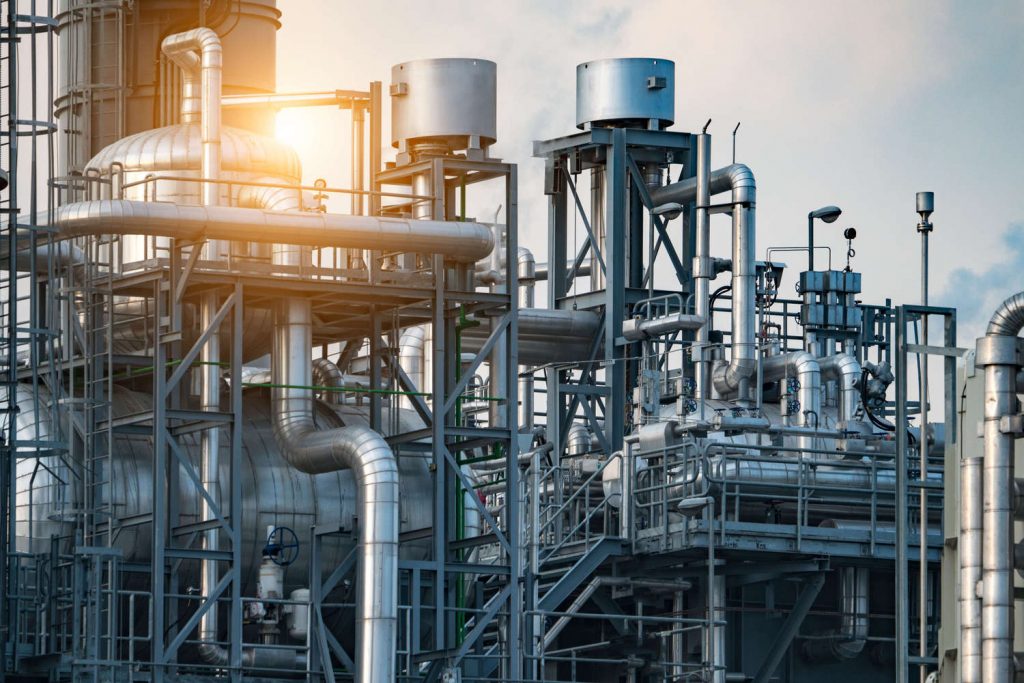Our Services
pipes and fittings
Our commitment is to provide premium quality tubing and fittings that meet the highest industry standards. With a wide range of options available, we ensure that your projects receive reliable and durable solutions for your fluid transfer and piping needs.
Pipes and fittings are indispensable components of any fluid transportation system, facilitating the movement of liquids and gases in various industries. From residential plumbing systems to large-scale industrial applications, these essential conduits play a pivotal role in ensuring the smooth flow of fluids. In this article, we will explore the significance of pipes and fittings, their different types, and their widespread applications.

Types of Pipes
Pipes come in a wide range of materials, each suited for specific purposes. Common types include PVC (Polyvinyl Chloride), CPVC (Chlorinated Polyvinyl Chloride), copper, galvanized steel, and stainless steel. Each material possesses unique properties such as corrosion resistance, flexibility, and thermal conductivity, making them suitable for diverse applications.
Fittings and Their Functions
Fittings are connectors that join pipes together, enabling the creation of complex pipeline networks. They are available in various shapes, such as elbows, tees, couplings, and reducers. Fittings play a crucial role in directing the flow, changing pipe sizes, and accommodating changes in direction within the pipeline.
Plumbing Applications
In residential and commercial buildings, pipes and fittings form the backbone of plumbing systems. They supply water to sinks, showers, toilets, and appliances, ensuring the distribution of water throughout the building efficiently and reliably.
Industrial Applications
In industrial settings, pipes and fittings are used for transporting various fluids, such as chemicals, oil, gas, and steam. Industries such as petrochemical, manufacturing, and energy heavily rely on robust and high-quality piping systems to ensure the safe and efficient transportation of fluids.
Construction Sector
In the construction industry, pipes and fittings are vital for heating, ventilation, and air conditioning (HVAC) systems. They facilitate the distribution of conditioned air throughout buildings, ensuring a comfortable indoor environment.
Water Supply and Drainage
Municipal water supply and drainage systems rely on pipes and fittings to deliver potable water to households and remove wastewater safely. These systems play a critical role in maintaining public health and sanitation.
Transportation of Bulk Liquids
Pipelines, which are long-distance pipes, transport large quantities of liquids like oil and natural gas over vast distances, often spanning countries and continents. They are cost-effective and minimize environmental impact compared to other transportation methods.
Maintenance and Upkeep
Regular maintenance of pipes and fittings is essential to prevent leaks, corrosion, and blockages. Routine inspections, repairs, and replacements ensure the longevity and reliability of the entire system.
In conclusion, pipes and fittings are the lifelines of fluid transportation, supporting various sectors ranging from domestic to industrial applications. Their diverse materials and configurations enable a wide range of functions, making them indispensable for modern living and industrial progress. As technology advances, the continuous improvement of pipe and fitting materials and designs promises even more efficient and sustainable fluid transportation systems in the future.